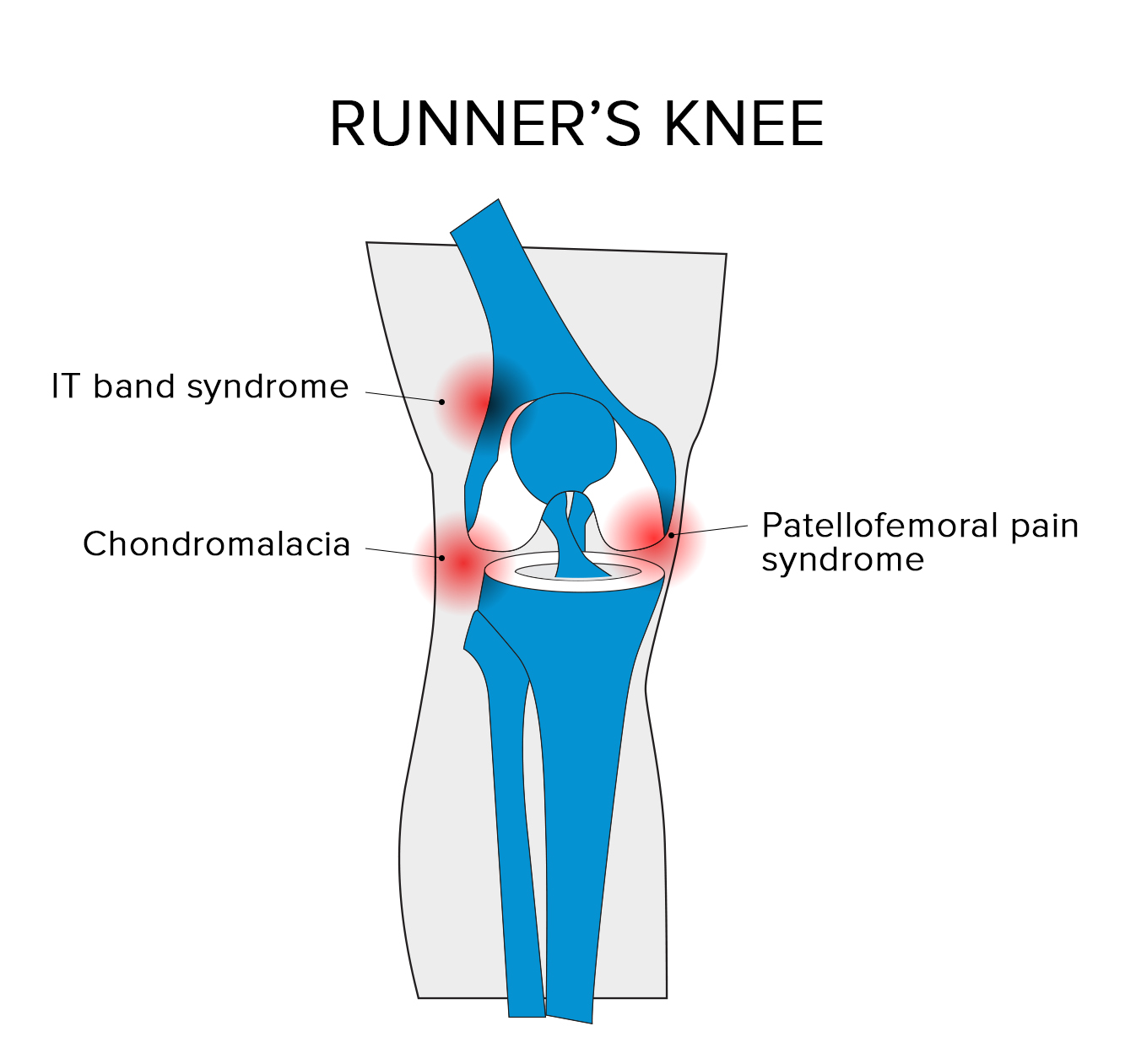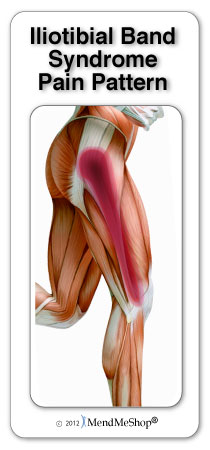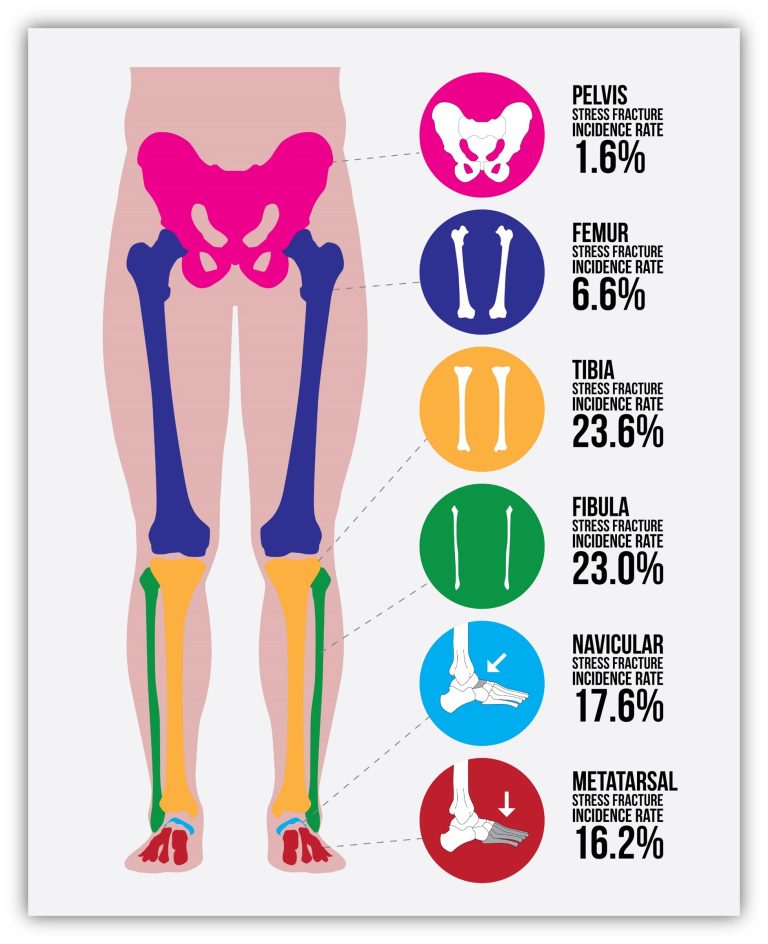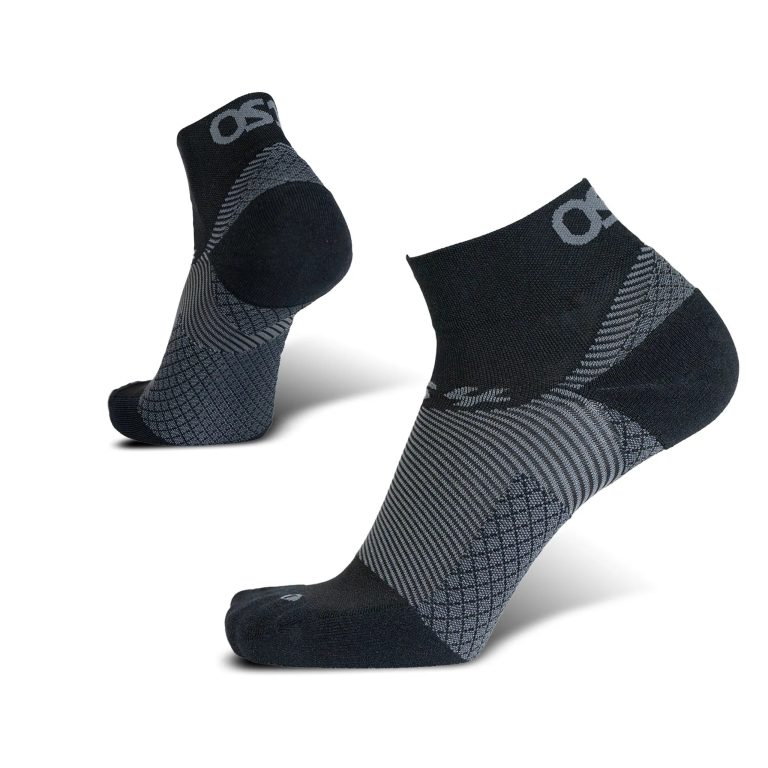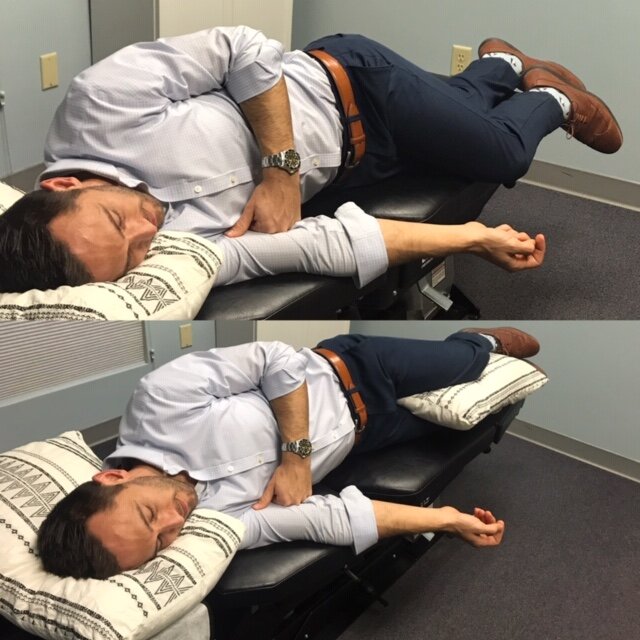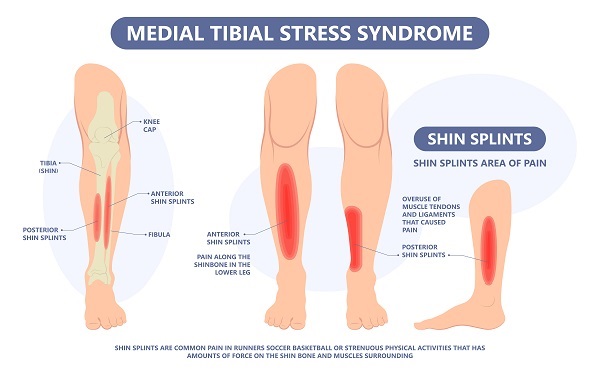Does Runner’s Knee Heal on Its Own? Discover the Truth
Runner’s knee can heal on its own in some cases. It depends on the severity and the care you give it.
Proper rest and treatment are key. Runner’s knee, or patellofemoral pain syndrome, is a common issue for many runners. It causes pain around the kneecap, making it difficult to run or even walk comfortably. While some cases heal naturally, others may need medical attention.
Understanding how to care for your knee and knowing when to seek help can make a big difference. This post will explore what runner’s knee is, how it heals, and steps you can take to speed up recovery. Whether you’re an avid runner or just starting out, this information is vital for your knee health.
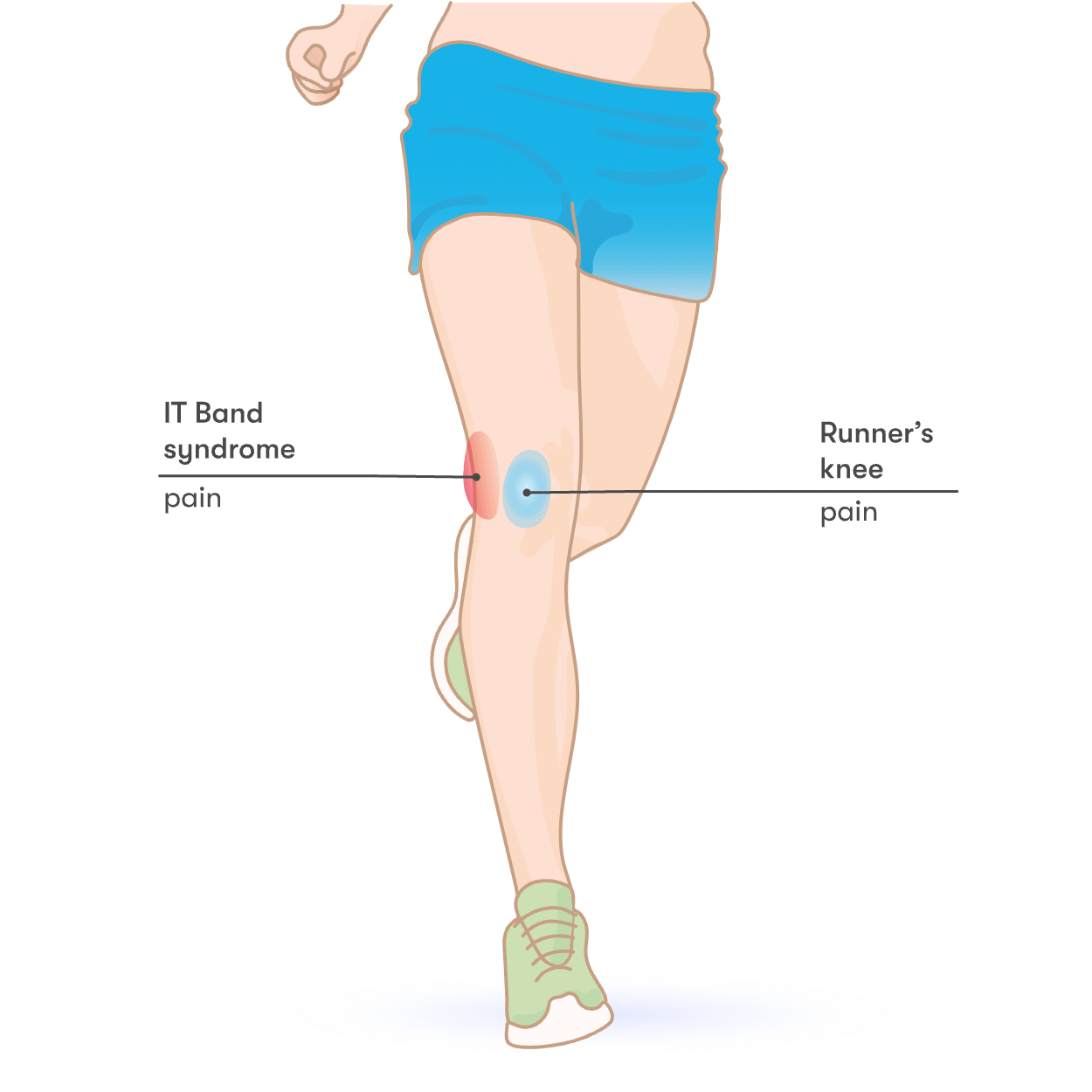
Credit: injurymap.com
Runner’s Knee Explained
Runner’s knee is caused by overuse, misalignment, or injury. The kneecap rubs against the thigh bone. This creates pain and swelling. Running on hard surfaces can make it worse. Weak thigh muscles and flat feet also contribute. Proper shoes and rest help prevent it.
Pain around the kneecap is common. It gets worse when bending the knee. Swelling and a grinding sensation may occur. Pain happens while walking or climbing stairs. Sitting for long periods can also cause discomfort. The knee may feel unstable or give out.
Self-healing Process
Runner’s knee can heal on its own. The body has a strong ability to repair itself. Rest is key. Rest reduces stress on the knee. Ice helps too. Ice reduces swelling. Gentle stretches aid recovery. They keep muscles flexible.
Healing speed varies. Age plays a role. Younger bodies heal faster. Activity level matters. Less activity helps healing. Diet impacts recovery. Healthy foods aid the process.
Proper footwear is vital. Good shoes support the knee. Avoid hard surfaces. Soft surfaces are better. Listen to your body. Pain is a sign to rest.
Home Remedies
Rest is very important for runner’s knee. Avoid activities that cause pain. This helps the knee to heal. Elevate the knee when resting. Use pillows to keep the knee higher than the heart. This reduces swelling and pain.
Ice the knee for 20 minutes at a time. Do this every 2 to 3 hours. Compression helps too. Use an elastic bandage around the knee. This reduces swelling and provides support.

Credit: runnersconnect.net
When To Seek Medical Help
If the pain lasts for more than two weeks, it may not heal on its own. Persistent pain can indicate a more serious problem. This is a sign to see a doctor. Ignoring the pain can make the injury worse. Early treatment can prevent further damage.
Struggling to walk is a major concern. If walking is too painful, it may be serious. Inability to walk means your knee needs attention. Medical help is important to find the cause. Rest and see a doctor soon. Ignoring it can lead to long-term issues.
Physical Therapy Benefits
Physical therapy aids in the recovery of Runner’s Knee, reducing pain and speeding up healing. Without treatment, healing can take longer.
Strengthening Exercises
Strengthening exercises are very helpful for runner’s knee. They make the muscles around the knee stronger. Strong muscles support the knee better. This helps in reducing pain. Simple exercises can make a big difference. Squats and lunges are good examples. Consistency is the key. Do these exercises regularly.
Flexibility Training
Flexibility training is also important. Stretching helps keep muscles loose. Tight muscles can pull on the knee. This can cause more pain. Stretching exercises can prevent this. Yoga and gentle stretches work well. Do these stretches daily. Stay gentle to avoid injury.
Prevention Strategies
Wearing the right shoes is very important. Good shoes support your feet and reduce strain. Choose shoes that fit well. Shoes should also provide enough cushion. Avoid worn-out shoes. New shoes can make a big difference.
Always warm up before running. Stretch your muscles gently. Move your legs and arms slowly. This prepares your body. It reduces the risk of injury. Warming up is simple but very effective. Take five to ten minutes for this.
Diet And Nutrition
Eating anti-inflammatory foods can help reduce knee pain. Leafy greens, such as spinach, are good choices. Berries like blueberries and strawberries can also reduce inflammation. Nuts and seeds provide healthy fats that help the body. Olive oil is another great option for cooking. Fish rich in omega-3, like salmon, is beneficial too. Avoid processed foods and sugary drinks.
Supplements can support joint health. Glucosamine and chondroitin are common supplements. Turmeric helps reduce inflammation. Omega-3 supplements from fish oil are also beneficial. Collagen can help with joint repair. Always talk to your doctor before starting new supplements. They can guide you to the best choices.
Long-term Outlook
Runner’s knee usually heals in a few weeks. Rest is very important. Ice packs can help reduce swelling. Elevating the leg also helps. Sometimes, it can take a few months. Physical therapy may be needed. Always listen to your body. Do not rush back to running. This can make it worse. Patience is key for healing.
Runner’s knee can come back. Weak muscles can cause it. Improper shoes can also be a reason. Always warm up before running. Stretching is very important. Keep your muscles strong. Do not overdo your exercises. Listen to your body. Stop if you feel pain. Running on soft surfaces can help. Proper care can reduce the risk.

Credit: www.anfacademy.com
Frequently Asked Questions
How Long Does It Take For Runner’s Knee To Go Away?
Runner’s knee typically takes 4-6 weeks to heal with proper rest and treatment. Severe cases might take longer.
What Happens If Runners Knee Goes Untreated?
Untreated runner’s knee can worsen, leading to chronic pain and joint damage. Reduced mobility and long-term knee issues may occur. Seek treatment early to avoid complications.
What Is The Fastest Way To Fix Runner’s Knee?
Rest and ice your knee. Take anti-inflammatory medications. Stretch and strengthen surrounding muscles. Use knee support during activities. Consult a doctor if pain persists.
Can I Still Walk With Runner’s Knee?
Yes, you can walk with runner’s knee. Listen to your body and avoid activities causing pain. Consider consulting a doctor.
Conclusion
Runner’s knee can heal on its own with proper care. Rest is crucial. Ice and elevation help reduce swelling and pain. Over-the-counter pain relievers can offer relief. Strengthening exercises support recovery. Consulting a doctor is wise if pain persists. Early intervention prevents long-term issues.
Patience and consistent care are key. Keep monitoring your progress. Stay proactive in your recovery journey. Your knees will thank you.

